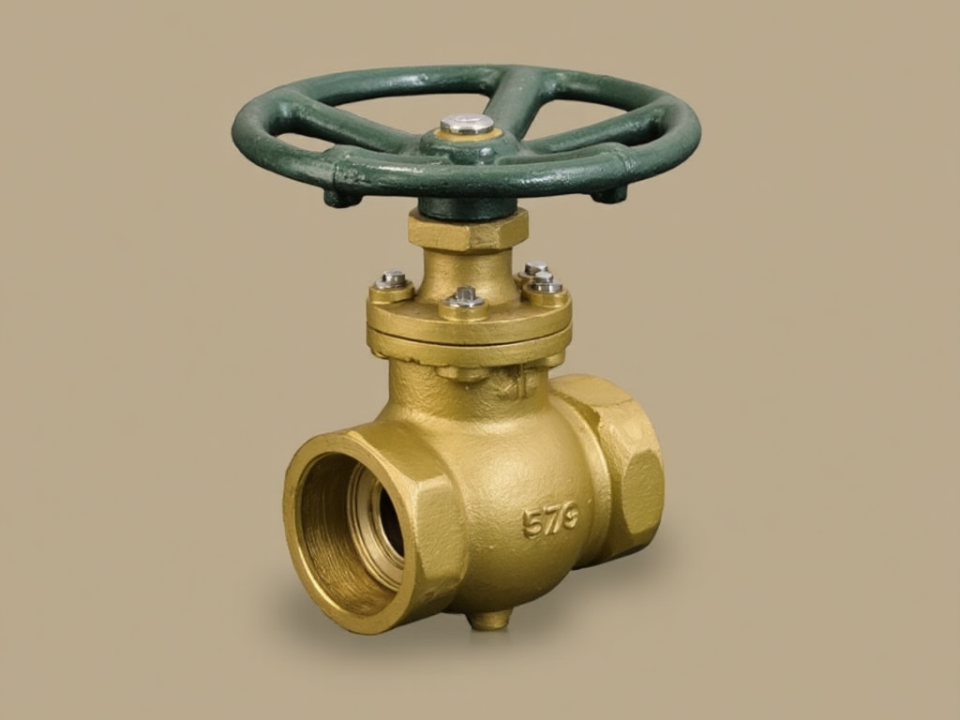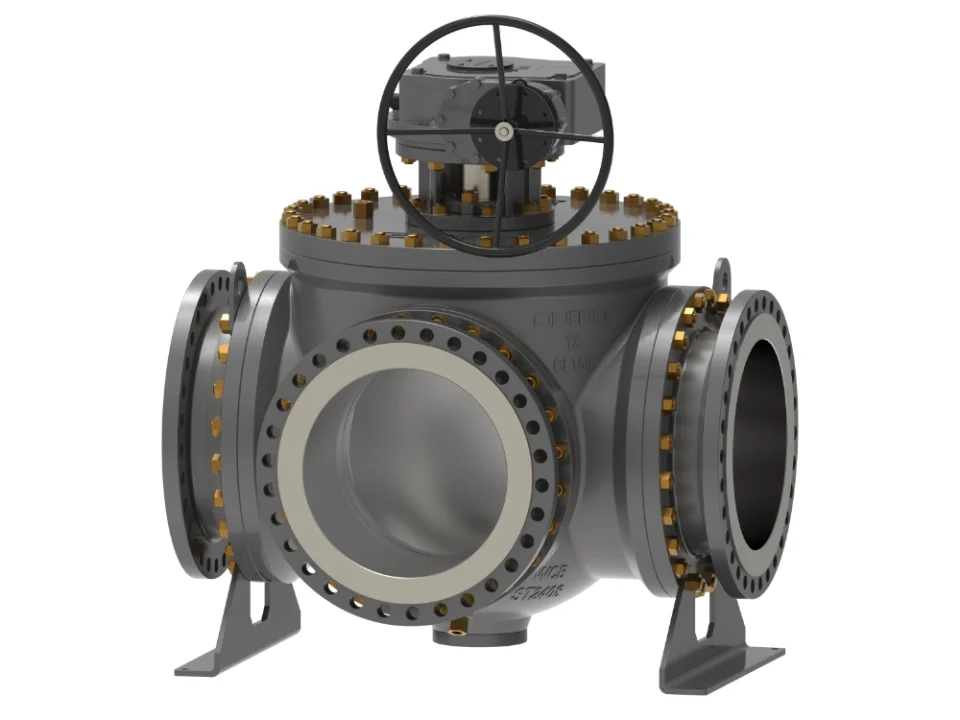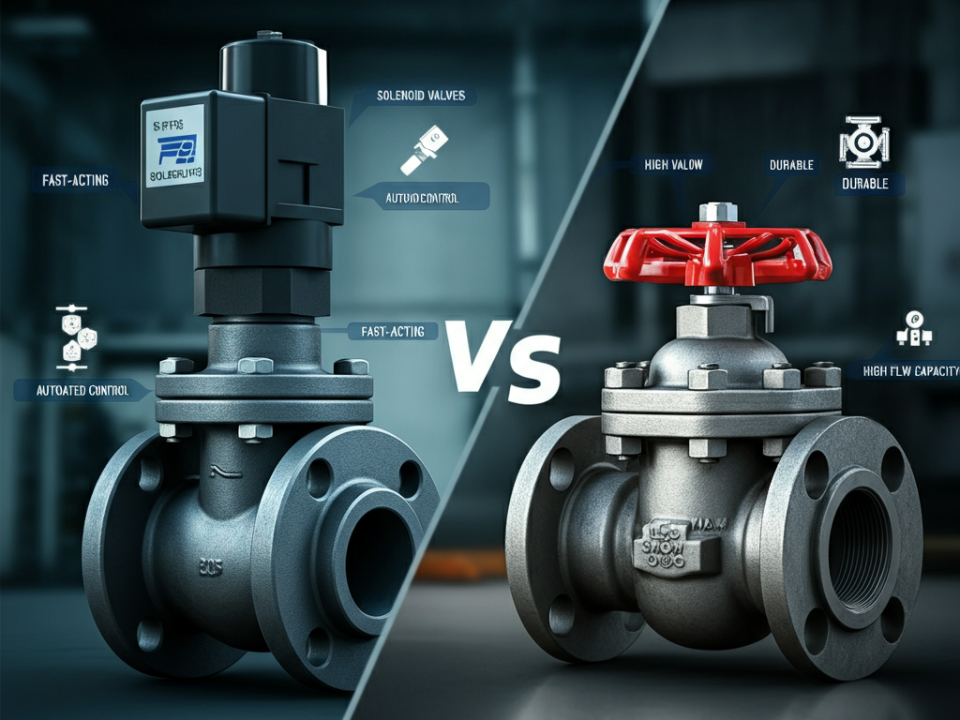Ball valves are industrial workhorses providing robust and flawless flow regulation in an extensive variety of applications. Depending on the environment and medium, various substances such as brass, carbon steel, stainless steel, and many more can be used to manufacture the housing, ball, and seal of these valves. This article explains the common materials used in ball valve manufacture and essential considerations that will help you choose the finest ball valves.
Selecting the Proper Material Is Important
Different materials get used in ball valves:
Below are some conditions that are important considerations when selecting the material for stainless steel ball valves.
Stainless steel:
It is widely recognised for its durability, resistance to corrosion, and versatility
Brass:
For general-purpose applications, the relatively inexpensive price and simplicity of machining make it overwhelmingly popular.
PVC:
Polyvinyl chloride, also referred to as PVC, is a portable, immune-to-corrosion polyethylene that has numerous applications in chemical transportation and water treatment.
Carbon steel:
It is selected for its strength and durability under high-pressure and high-temperature conditions.
The most appropriate material may get selected to ensure the optimal performance and longevity of the ball valve.
Factors to consider while choosing a Ball Valve
There are massive factors to consider when selecting a ball valve for a particular application to ensure optimal performance. Here are some important considerations:
Valve Size and Pressure Rating:
The appropriate valve size should be selected by taking into account the needed flow and pipe diameter. Consider the valve’s pressure rating to ensure-it-can sustain the system’s operating pressure without failing or leaking.
Materials Selection:
Brass, stainless steel, carbon steel, PVC, and bronze are–common materials. Consider the elements like resistance to corrosion, compatibility with chemicals, and temperature restrictions.
Flow Features:
Take into consideration the application’s flow characteristics. Port ball valves with lower pressure loss could be the preferable option-for applications requiring high flow rates. When flow velocity is not a massive concern, and cost is a factor, reduced port ball valves may get employed.
Temperature and Pressure Range:
Examine the application’s temperature and pressure range. Verify whether the chosen valve can withstand the required temperature and pressure without sacrificing functionality or security.
Media Type:
The type of valve material to get chosen will depend on the properties of the liquid or gas getting regulated. Polytetrafluoroethylene (PTFE) and perfluoroalkoxy alkanes (PFA) are excellent options since they can tolerate harsh or corrosive ingredients. For the maximum level of safety, while monitoring pressurised gases, metal valves are essential.
Sealing Mechanism:
The sealing mechanisms of ball valves might be floating, trunnion-mounted, or seated balls. Choose a seal technique which will be adequate for the application’s temperatures and pressure requirements.
Environmental Factors:
Consider any external factors you could get subjected to, such as bad weather, UV radiation, or corrosive substances. Select a valve with the appropriate materials or coatings to withstand environmental conditions.
Conclusion
A critical decision directly impacts the effectiveness and safety of the fluid control systems choosing the perfect-ball valve. Engineers and decision-makers may increase system lifetime and performance by carefully weighing these elements and making well-informed judgments. For residential or commercial use, selecting the appropriate ball valve is crucial to reliable and efficient fluid control.




